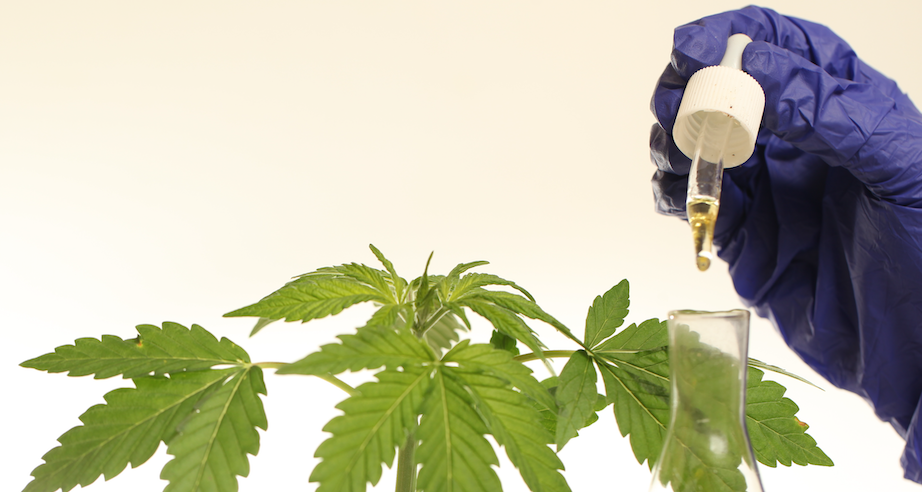06.27.2025
Sausage casings bulletin, June 27, 2025

Runner market commentary
...

For any farm system, seeking out and taking advantage of synergy is essential to overcoming the narrow margins common in agriculture. The ability to leverage a crop or livestock enterprise for as many functions as possible is key to any producer’s success. This could not be truer for hemp, in light of current hemp prices. There are far more examples of this complementarity in mixed-crop and livestock operations, simply because of the potential for synergy. Animals consume on-farm feed, produce manure, which provides some fertility, offsetting nutrient inputs. Imported feed has the added advantage of providing a theoretical net gain of nutrients in the farm system.
Livestock can serve a variety of functions besides the obvious ones, such as helping to break fly larval and other parasite life cycles. Parasites, and flies in particular, sap well over $2 billion dollars annually from the US cattle industry. Producers use multi-species grazing to help mitigate weed and pest pressure. Examples are pastured poultry that follow grazing cattle in rotation to distribute cow pies, or goats and sheep that control vegetation in farm lots or field edges.
The hog industry in Eastern North Carolina added beef cattle to their operations to graze the bermuda/ryegrass stands that existed solely for nutrient applications. Dense swine populations only needed a small footprint for the confinement facilities, but the effluent from these concrete hog houses was comparable to what is produced in a small city with tens of thousands of people requiring sufficient real estate to distribute liquid manure. Most of the manure stored on these farms – in hurricane prone Eastern NC – is held in open lagoons, and prone to spills that are destructive to local waterways. Companies like hog juggernaut –or hoggernaut – Smithfield, now a subsidiary of Chinese owned WH Group, adopted sophisticated processes that kept lagoon levels low enough to endure most storms, but required a nutrient hungry crop to avoid massive nutrient buildup in soils.
Hemp is a versatile crop that may find a number of ancillary uses on-farm, in addition to the cannabinoids, hempseed, or fiber. Bioaccumulation is one of the most compelling functions of cannabis, particularly when the harvest could also produce hemp fiber products ranging from biocomposites to textiles. Yesterday’s commentary considered the role hemp can play for the military, including cleaning up contaminated sites overseen by DOD. Likewise, USDA’s Natural Resources Conservation Service (NRCS) could play a pivotal role as hemp production increases in the US.
NRCS – and equivalent state agencies – provide funding and technical guidance for farmers to improve soil and water conservation practices on farm. These include riparian buffers, watering tanks that allow landowners to fence livestock out of streams, feed/waste facilities that keep manure under cover during the winter, and a wide range of other practices that improve watershed health and mitigate soil erosion. One new practice that researchers and NRCS technicians are implementing is woodchip bioreactors.
Productive farms are commonly “tiled”, with a network of drain lines that allow farmers to cultivate heavier, marginal ground that drains poorly. This is an important practice that will continue, particularly as climate change increases rainfall in temperate areas and a growing population requires more food. One drawback to tiled crop fields is the propensity for nutrients to gain unfettered access to waterways, stressing watersheds and infiltrating ground water and domestic wells. Woodchip bioreactors route drainage through a pit filled with woodchips, providing habitat to microbes that remediate the runoff. Hurd, the woody core of hemp stalks, may offer better performance than woodchips, which based on current research must be replaced every 10 years, introducing another guaranteed cost center to farms. If hemp hurd can extend that interval, while using an on-farm resource, it may help with profitability. This is good for taxpayers, who are ultimately footing the bill for conservation programs. Another win-win, leveraging existing resources in US agriculture.
Constructed wetlands may provide another opportunity to incorporate hemp, modifying current designs. One researcher is drawing on a similar principle, running nutrient loaded water through hydroponic systems, and assessing hemp’s capacity to absorb nutrients. Kendall Carson, an agricultural program coordinator at South Florida State College is overseeing this research that may play a role in cleaning algae-prone Lake Okeechobee. The normalization of hemp as an agricultural commodity allows hemp producers to take advantage of a full suite of USDA programs that will help shape the sector, besides the regulatory influence. Researchers are already taking advantage of new funding sources, and the next five years will yield considerable data from a wide range of projects.
06.24.2025
Correction to sausage casings, resale, North American hog runners, whiskered, ex-works North America on June 20: pricing notice

North American hog runners price published on Friday was incorrect due to a formula miscalculation. The original reported price of $1.63 has been corrected to the accurate rolling average...